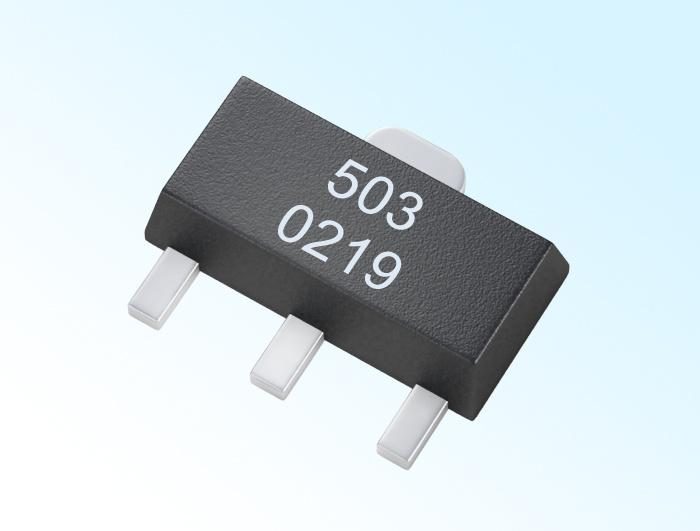Evolution Of Automotive Pressure Sensors
As a Hall Sensor Manufacturer, let us introduce the evolution of automotive pressure sensors.
Almost all gasoline vehicles are composed of an engine control module (ECM) that combines sensors and actuators to form an engine control system. The most critical input control for this system is the manifold absolute pressure (MAP) sensor. In the "speed density" state, the MAP sensor is able to detect the air flowing in the engine to determine the injection time and pre-ignition time for optimal operation. Even vehicles that rely on direct measurement of intake air volume need to be equipped with atmospheric absolute pressure (BAP) sensors, mainly for high-pressure measurement compensation. Today, manufacturers produce tens of millions of MAP and BAP sensors every year, and have driven several generations of pressure sensor modules over the past decade.
Today, the main design of MAP and BAP sensors is a piezoresistive pressure sensor derived from silicon micromachining. Most of them are used in passenger cars, laying the foundation for the application of micromechanical pressure sensor technology in other emerging automotive industries, such as pressure measurement in exhaust gas recirculation systems (EGR), evaporative emissions in fuel systems, and Pressure measurement of fuel injection systems, etc.

评论
发表评论